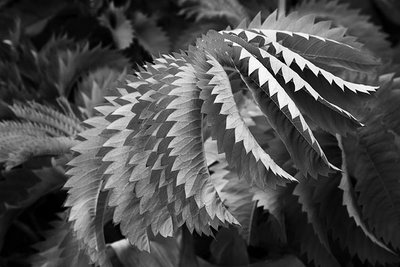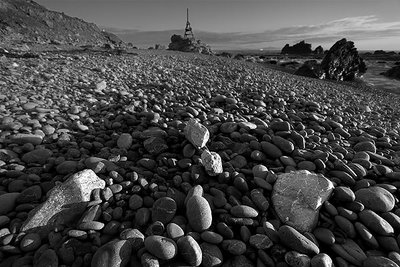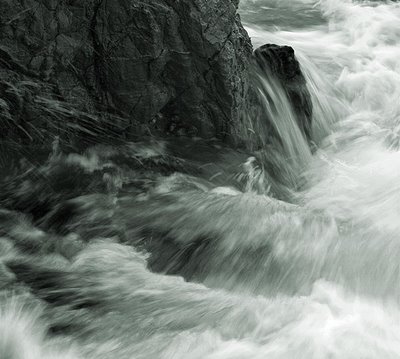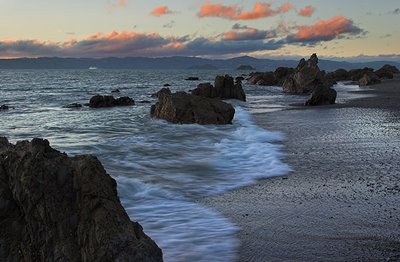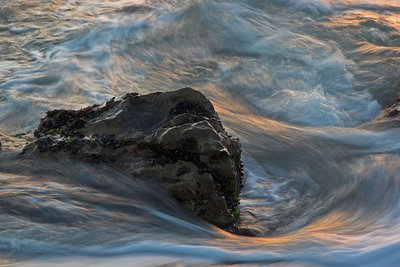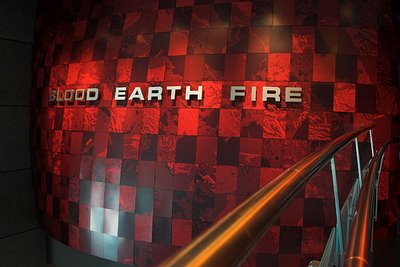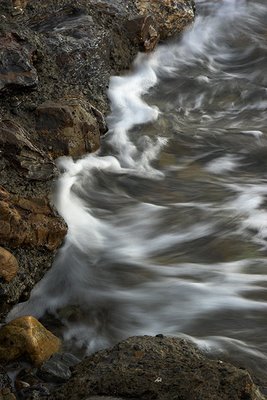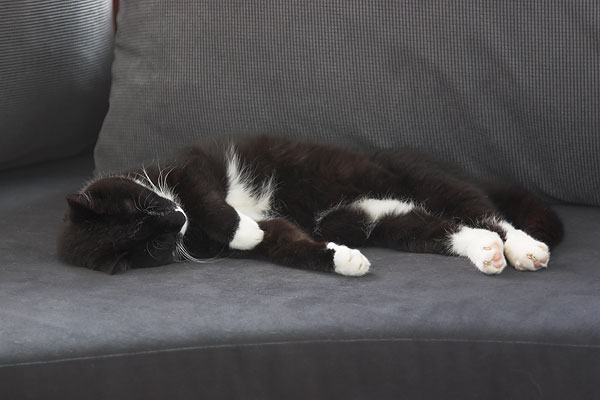Trying to get this posted has nearly driven me crazy. I wrote it, but when I tried adding the photos, I found blogger seems to have changed its code for incorporating photos and I could either have tiny thumbnails or huge pictures that hogged the entire page. Eventually I found a work-around, which means the photos you see on this page are full size—don't bother clicking them because you'll only get the same image. It wasn't broken, blogger—why did you try to "fix" it?! <end rant>. Also, I'm house sitting again; a different but equally lovely house above Wellington harbour, and I'm trying to process photos using an LCD screen—not recommended, as they're very sensitive to viewing angle. I managed to leave behind most of the photos I wanted to illustrate this post and I'm not driving hundreds of kilometres back to the Pohangina Valley, so you're seeing mostly old, low quality pictures I had lying around on the portable disk. Excuses, excuses... but I do hope you'll find something here to enjoy.At last,
the tag: “post a list of your 10 most beautiful birds, restricted to a geographical region.” I'll ignore my

reservations about so-called memes, which in this sense seem to me to
be virtual chain letters and to have little connection with the original idea of memes, and instead treat this in the spirit it's intended. But what is beauty? Why 10? (I prefer odd numbers; even numbers seem boring, too complete, too lacking in possibility.) For that matter, what is a bird? I haven't followed this meme through the blogosphere, just happened upon it, but so far I've only found one person who didn't synonymise “bird” with “species”—
Debbie, who
commented here recently. That resonated. I'd already realised that one of my favourite birds wasn't a species, he was an individual—the
blackbird who for several years raised multiple broods in our garden and eventually trusted us enough to take food from our fingers. He even came inside and stole the cats' food. We called him “Sir”, because we respected him. By the end of the season he was anything but beautiful in the conventional, physical sense—exhausted, feathers frayed, some missing: a right scruff. In our eyes, however, he was always beautiful. Like
Clare's ravens, Sir's beauty went beyond the simplicity of black plumage. He was an individual, with a personality.
The bird Debbie identified is both individual and conceptual: it's the albatross of Coleridge's Ancient Mariner.  In contrast, another beautiful bird is both individual and collective, utterly real and and ignored to the point of invisibility. Here in Aotearoa we call them chooks—domestic fowls. I grew up with chooks in the back yard; my father bred prize-winning white wyandotte bantams and Rhode Island reds; I have a medal his father, the grandfather I never met, won for the same breed of bantams.
In contrast, another beautiful bird is both individual and collective, utterly real and and ignored to the point of invisibility. Here in Aotearoa we call them chooks—domestic fowls. I grew up with chooks in the back yard; my father bred prize-winning white wyandotte bantams and Rhode Island reds; I have a medal his father, the grandfather I never met, won for the same breed of bantams.
What do I find beautiful about chooks? When you know them, when you've grown up with them, when you've met them in many countries, when you realise how each bird has its own pattern of plumage and an individual personality, yet remains undeniably a chook, a hen, a rooster, a fowl, a chicken, Gallus domesticus—then they become beautiful. And, if you still need convincing, find someone with Spangled Old English Game bantams. Perhaps you might be lucky enough to be allowed to pick one up. Feel your hands encircle the small, tightly feathered body—see how it feels as light and tough as a cork? Hold it up; see how it's starting to go red in the face? Don't stress it any more—put it down, watch it shake and ruffle then look for the food it will have expected you to scatter. Then try to tell me they're not beautiful.
But what about battery hens? This is where I really begin to ask, “ What is a bird?” In one sense—perhaps the usual—a bird is a vertebrate with feathers: an egg-laying assemblage of muscle, bone, 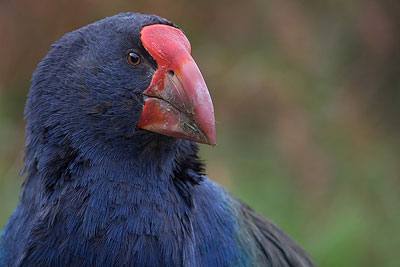 blood, and so on with particular patterns of behaviour... in other words, a bird is what makes it nothing else; the process of definition is that of discrimination and classification. This has its uses but it's like saying a cat is something with four legs, fur, and a purr. Yes, I concede battery hens are birds, even if they're not treated as such; even if they're treated as meat and eggs and nothing more—except, perhaps, as reservoirs of avian influenza, which seems to confer the right to deal with any domestic poultry in whatever way we consider expedient. But their “birdness” seems somehow diminished. I wonder whether this, consciously or not, was one of the reasons battery farming arose—an attempt to ease our conscience about treating birds purely as food, analogous to the way we degrade human prisoners to diminish their humanity and justify our own inhumanity. The simple point is that anything out of context loses something of its essence. For a long time now, I've been keenly aware of how inseparable living things are from their surroundings: a bird in the bush is worth two in the hand. Whio in an aviary are not the whio I know swimming and whistling on the Pohangina or resting on a midstream rock in remote Scamper Torrent; remove a rock wren from its hard, wild, alpine environment and the bird becomes something else. So does the place you took it from.
blood, and so on with particular patterns of behaviour... in other words, a bird is what makes it nothing else; the process of definition is that of discrimination and classification. This has its uses but it's like saying a cat is something with four legs, fur, and a purr. Yes, I concede battery hens are birds, even if they're not treated as such; even if they're treated as meat and eggs and nothing more—except, perhaps, as reservoirs of avian influenza, which seems to confer the right to deal with any domestic poultry in whatever way we consider expedient. But their “birdness” seems somehow diminished. I wonder whether this, consciously or not, was one of the reasons battery farming arose—an attempt to ease our conscience about treating birds purely as food, analogous to the way we degrade human prisoners to diminish their humanity and justify our own inhumanity. The simple point is that anything out of context loses something of its essence. For a long time now, I've been keenly aware of how inseparable living things are from their surroundings: a bird in the bush is worth two in the hand. Whio in an aviary are not the whio I know swimming and whistling on the Pohangina or resting on a midstream rock in remote Scamper Torrent; remove a rock wren from its hard, wild, alpine environment and the bird becomes something else. So does the place you took it from.
Semantics, you might say—but for me birds are as much relationships and processes as flesh and feathers. Perhaps that's why some extinct birds, like the huia, are still real for me—precisely because they have the power to affect me. And birds are more than species; they're individuals and sometimes they're higher taxonomic levels, they're ideas, they're much more, and if you  recognise just one of those aspects, you're missing much of the beauty of birds.
recognise just one of those aspects, you're missing much of the beauty of birds.
Why 10? As I write this, I haven't chosen the 10 birds I consider most beautiful. I know some I'll mention (I already have), but any list is a comparison that says this is better than that. I admit that some birds thrill me in ways more common birds seldom do, but I'm nevertheless disinclined to demean those more familiar friends by excluding them from an artificial list. Still, Clare's tagged me and I'll do it, restricting my choices to birds from Aotearoa/New Zealand. I'm supposed to asterisk birds I've seen, but have I seen a huia? Has Debbie, or anyone, seen Coleridge's albatross? Am I being perversely contentious? Probably, but I don't mind.
Now, finally, here's a list of some beautiful birds. If I knew enough about computers I'd write a little program that floated these names randomly around a page, occasionally bringing any one or other into prominence, then replacing it with another. But I don't, so you'll just have to imagine it.
NZ rock wrens; piwauwau; Xenicus gilviventris*
Whio; blue duck; Hymenolaimus malacorhynchus*
Sir*
The New Zealand wattlebirds (Callaeidae): Huia, Heterolocha acutirostris (*); kokako, Callaeas cinerea (*); and tieke, saddleback, Philesturnus carunculatus*
Any chooks allowed to live the way chooks should*
The little owls (Athene noctua) that lived in the rough little valley where I grew up*
And that's enough. How can I possibly include Kea (Nestor notabilis*) and Karearea (NZ falcon, Falco novaeseelandiae*) and be forced by an arbitrary number to exclude titipounamu (rifleman, Acanthissita chloris*) or hihi (stitchbird, Notiomystis cincta*) or any others?
I can't. What I usually conclude is that the most beautiful bird of all is the one captivating me right at that moment.
 Photos:1. Red-billed gull, tarapunga, Larus novaehollandiae scopulinus; Kaka Point, Catlins.2. Mongolian chook; Tosontsengel.3. Takahe, Porphyrio mantelli hochstetteri. This is a repost from my no longer active OutsideIn blog.
Photos:1. Red-billed gull, tarapunga, Larus novaehollandiae scopulinus; Kaka Point, Catlins.2. Mongolian chook; Tosontsengel.3. Takahe, Porphyrio mantelli hochstetteri. This is a repost from my no longer active OutsideIn blog.
4. Kea, Nestor notabilis. This is a repost from my old blog.
5. This is Ralph. He and I can't decide who's looking after whom, but we stick pretty close. He's the reason I'm likely to end up with OOS and curvature of the spine and loss of feeling in my legs—he's big and he likes laps, particularly when there's activity like typing going on.Right, I give up. Photos and words © 2006 Pete McGregor
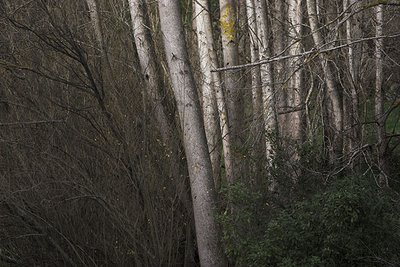 persistent, monotonous argument going on and on. A piwakawaka [1] jumps and flits on the top wire of the fence and another calls from somewhere near the edge of the terrace, only its voice apparent. Sounds that draw attention to the silence in which they’re embedded. When the world’s full of noise you don’t hear what’s said softly, you miss the subtle sounds: racked by dissonance, you can no longer listen.
persistent, monotonous argument going on and on. A piwakawaka [1] jumps and flits on the top wire of the fence and another calls from somewhere near the edge of the terrace, only its voice apparent. Sounds that draw attention to the silence in which they’re embedded. When the world’s full of noise you don’t hear what’s said softly, you miss the subtle sounds: racked by dissonance, you can no longer listen.  He rubs his head against my shins and purrs loudly, denying any guilt. The sound reminds me how, yesterday, I met Charlie again. Turning the corner at the No. 3 Line junction and seeing him there, sitting on a old log in the sun. Probably had his ear on some small rustle in the long grass lodged by the weight of old rain. I said hello as I walked over and he answered, waiting for me to scratch his chin and ruffle behind his ears. He leant into my hand, trusting I’d support him—if I’d moved my hand he’d have toppled off the log. Eventually I had to pick him up and carry him to the trailer by the house. He was perfectly happy to be carried; not so happy when I walked off, carrying the sound of a small protest.
He rubs his head against my shins and purrs loudly, denying any guilt. The sound reminds me how, yesterday, I met Charlie again. Turning the corner at the No. 3 Line junction and seeing him there, sitting on a old log in the sun. Probably had his ear on some small rustle in the long grass lodged by the weight of old rain. I said hello as I walked over and he answered, waiting for me to scratch his chin and ruffle behind his ears. He leant into my hand, trusting I’d support him—if I’d moved my hand he’d have toppled off the log. Eventually I had to pick him up and carry him to the trailer by the house. He was perfectly happy to be carried; not so happy when I walked off, carrying the sound of a small protest. below, probably in the paddock by the bridge. Then the silence slides back. Te Awaoteatua stream rushes over its stones. Sheep in the driveway crop the grass with a methodical rip-rip-rip, tearing the top off the autumn flush.
below, probably in the paddock by the bridge. Then the silence slides back. Te Awaoteatua stream rushes over its stones. Sheep in the driveway crop the grass with a methodical rip-rip-rip, tearing the top off the autumn flush.